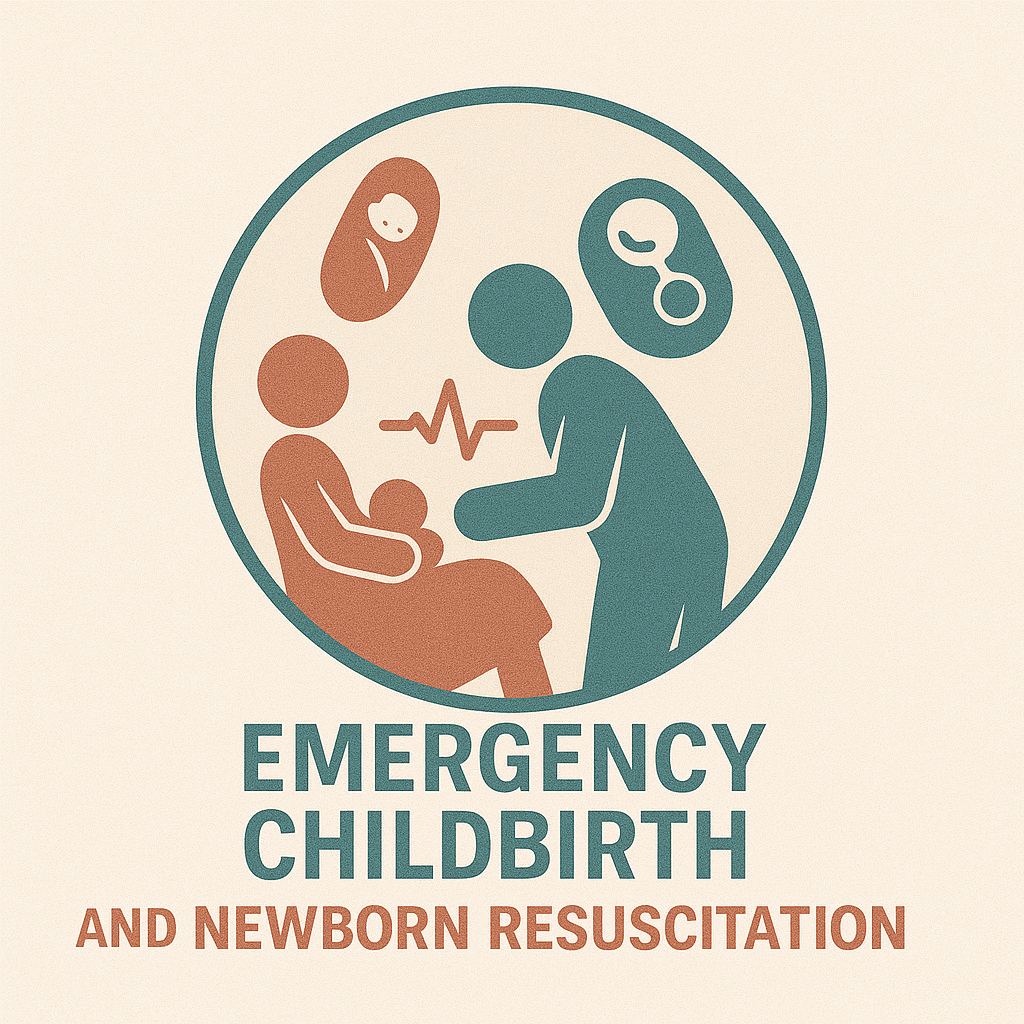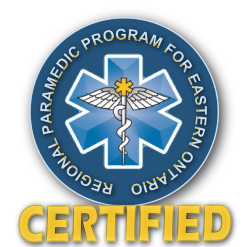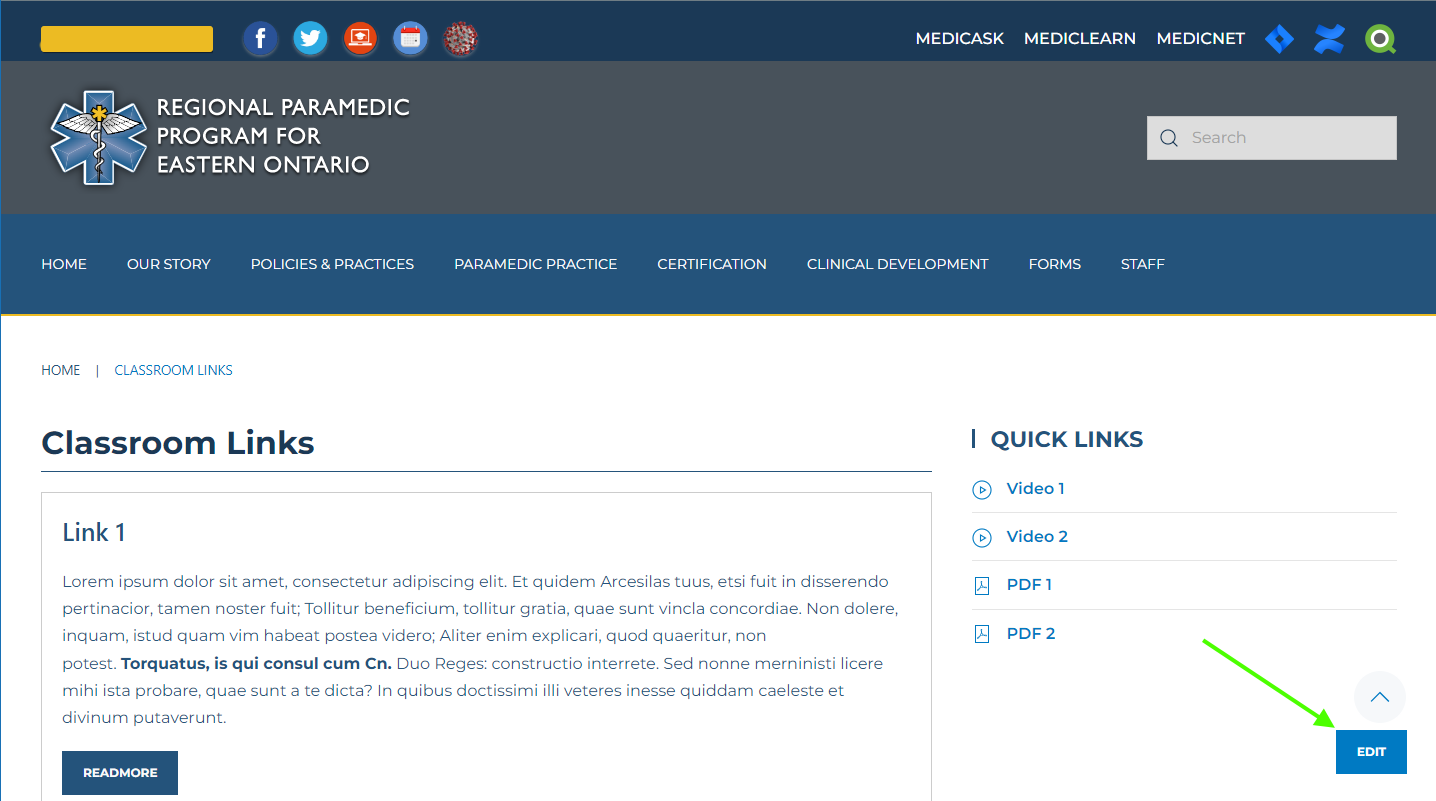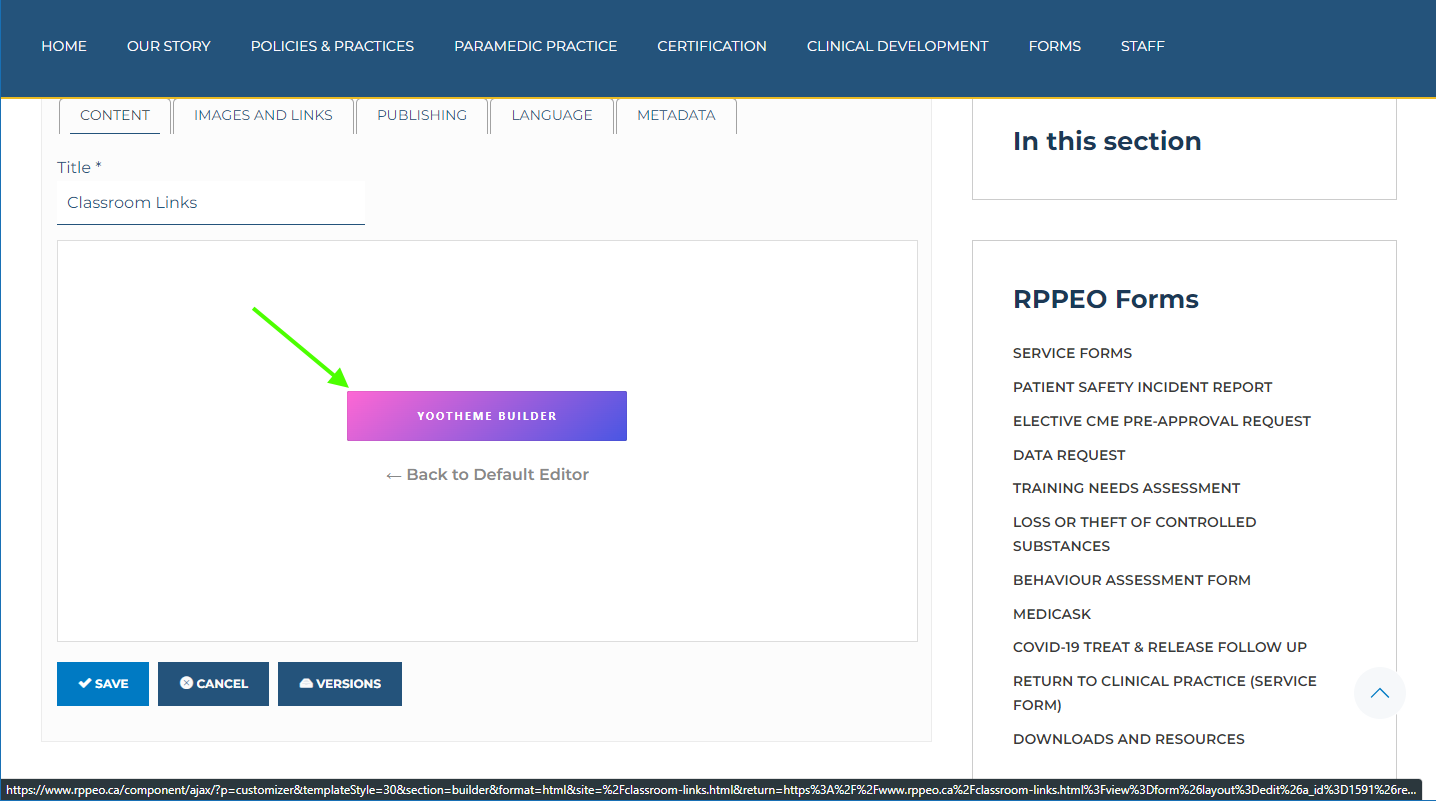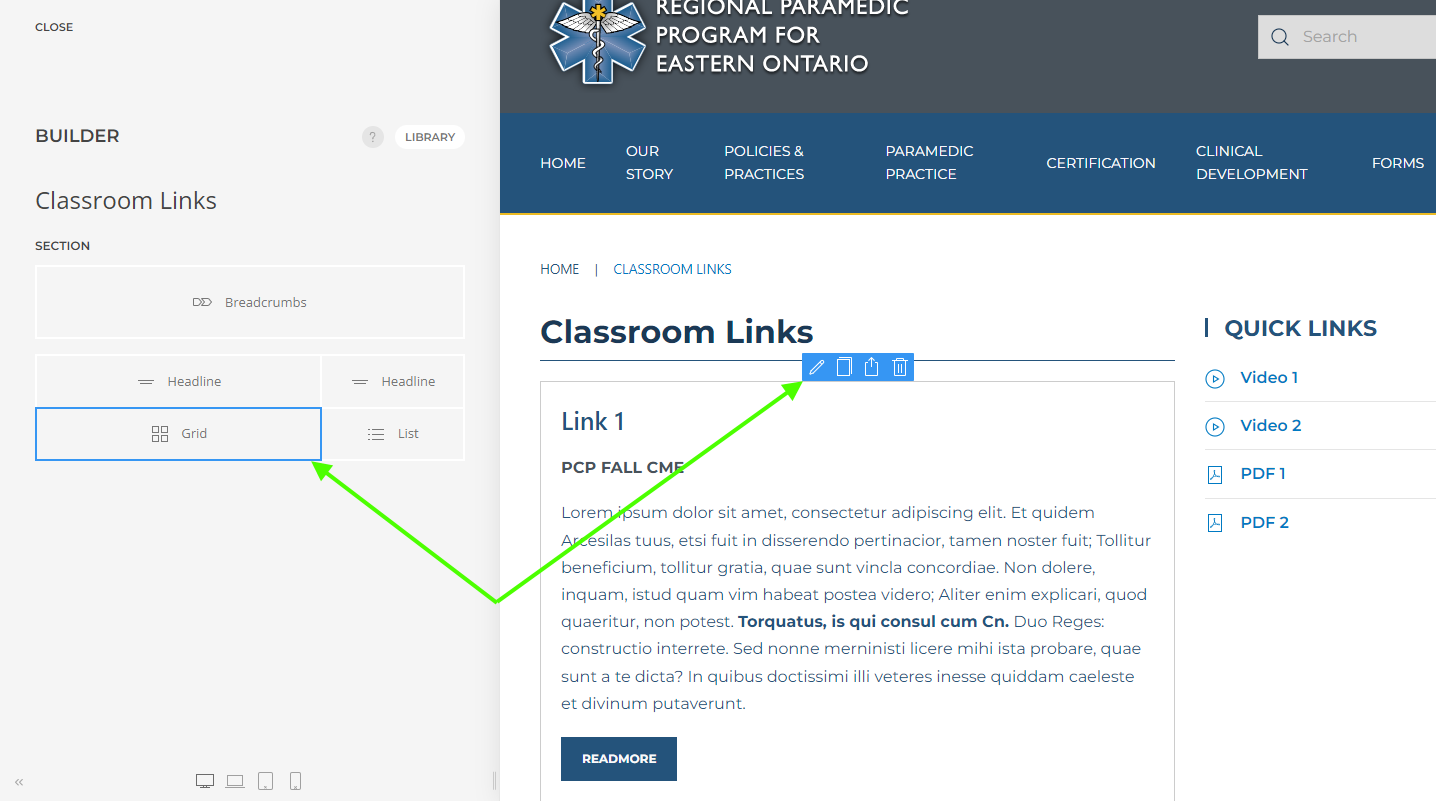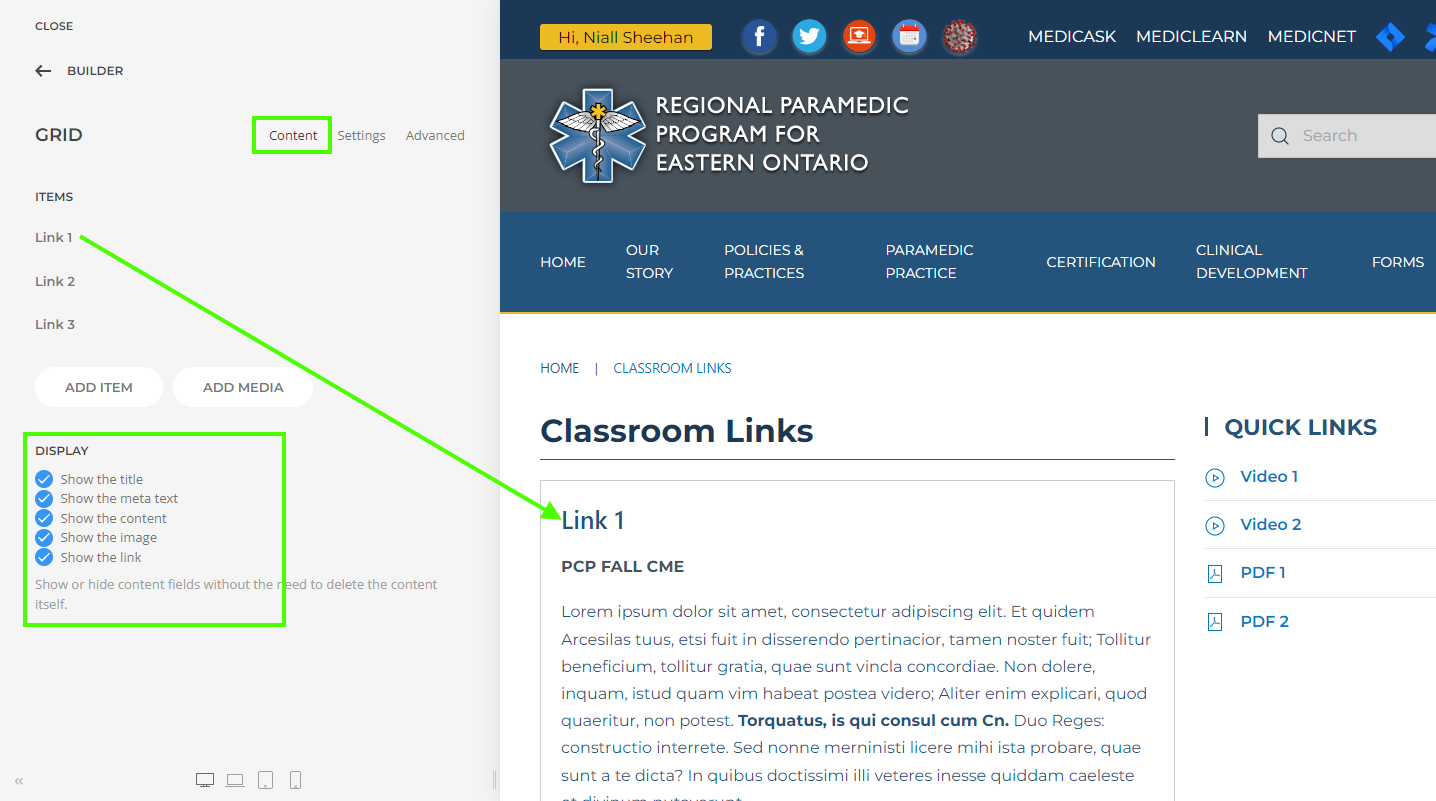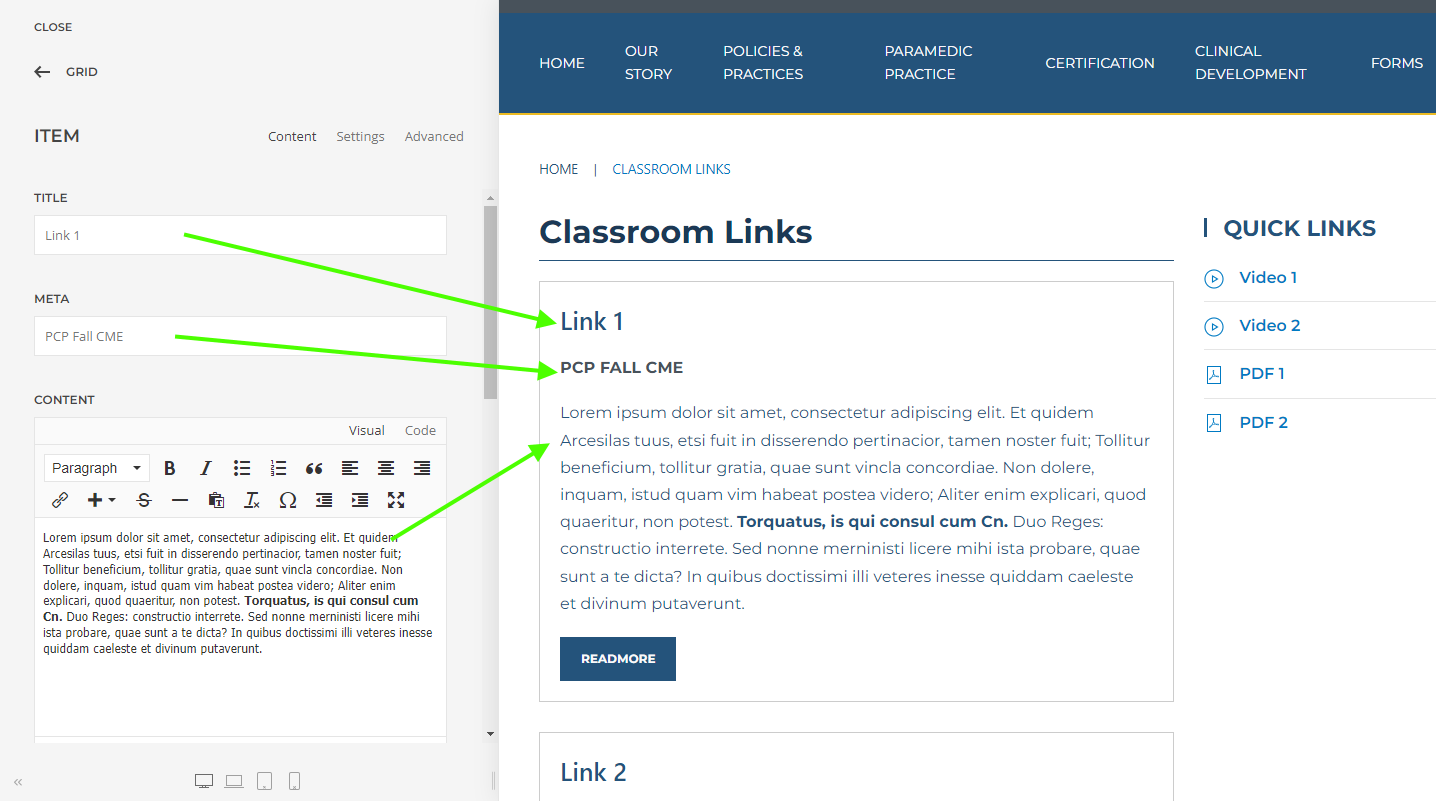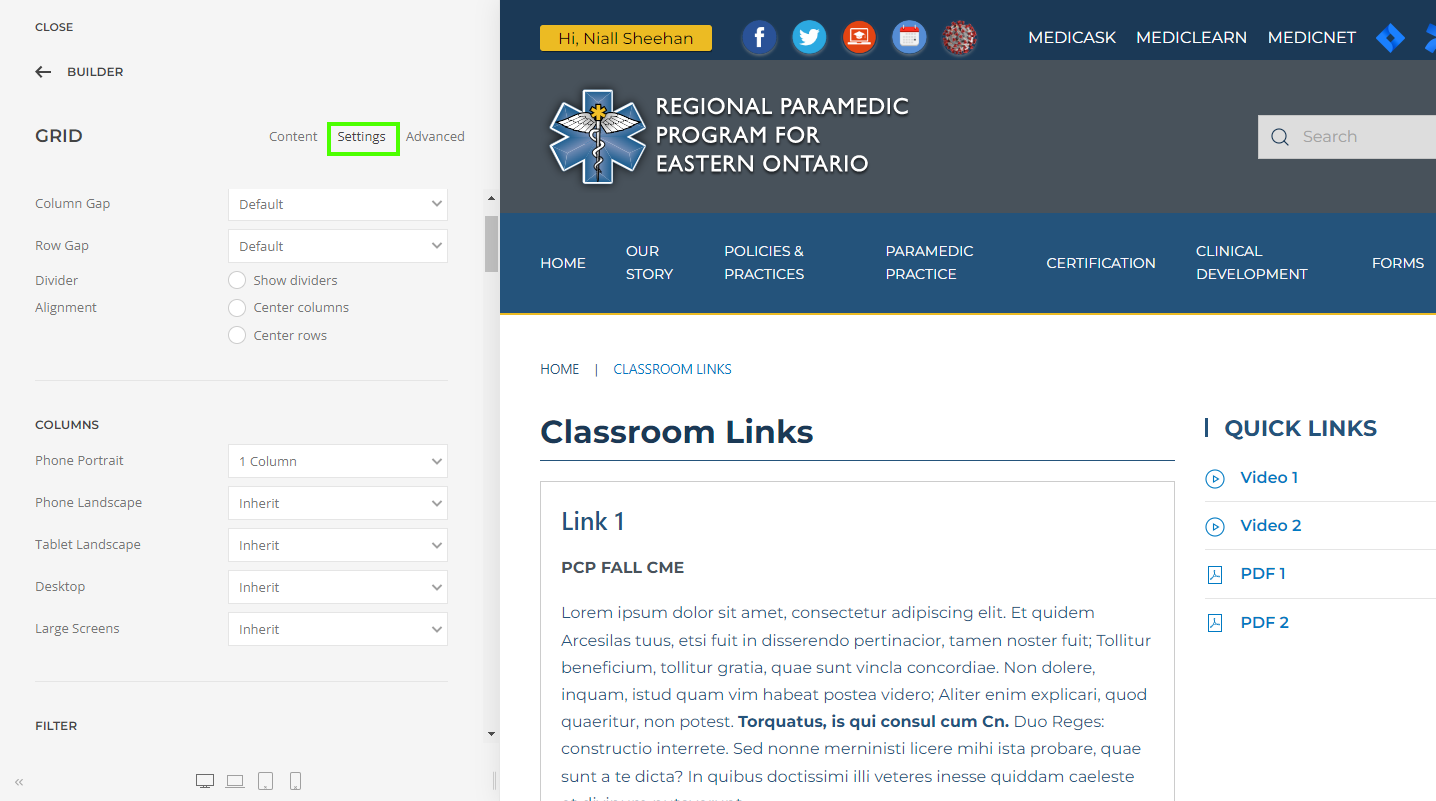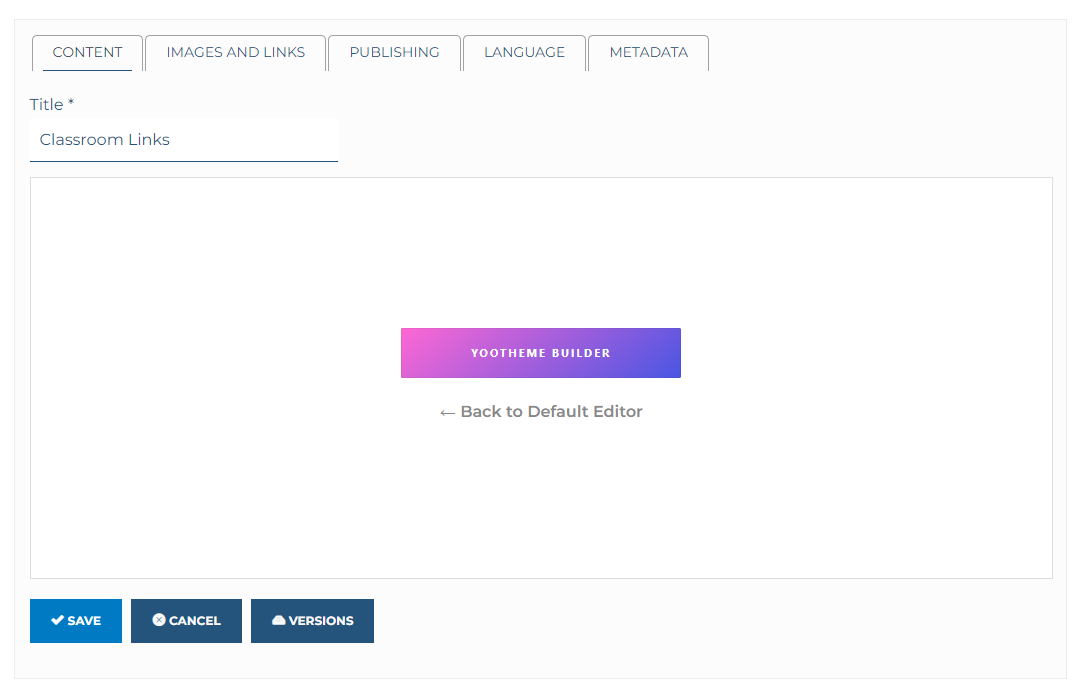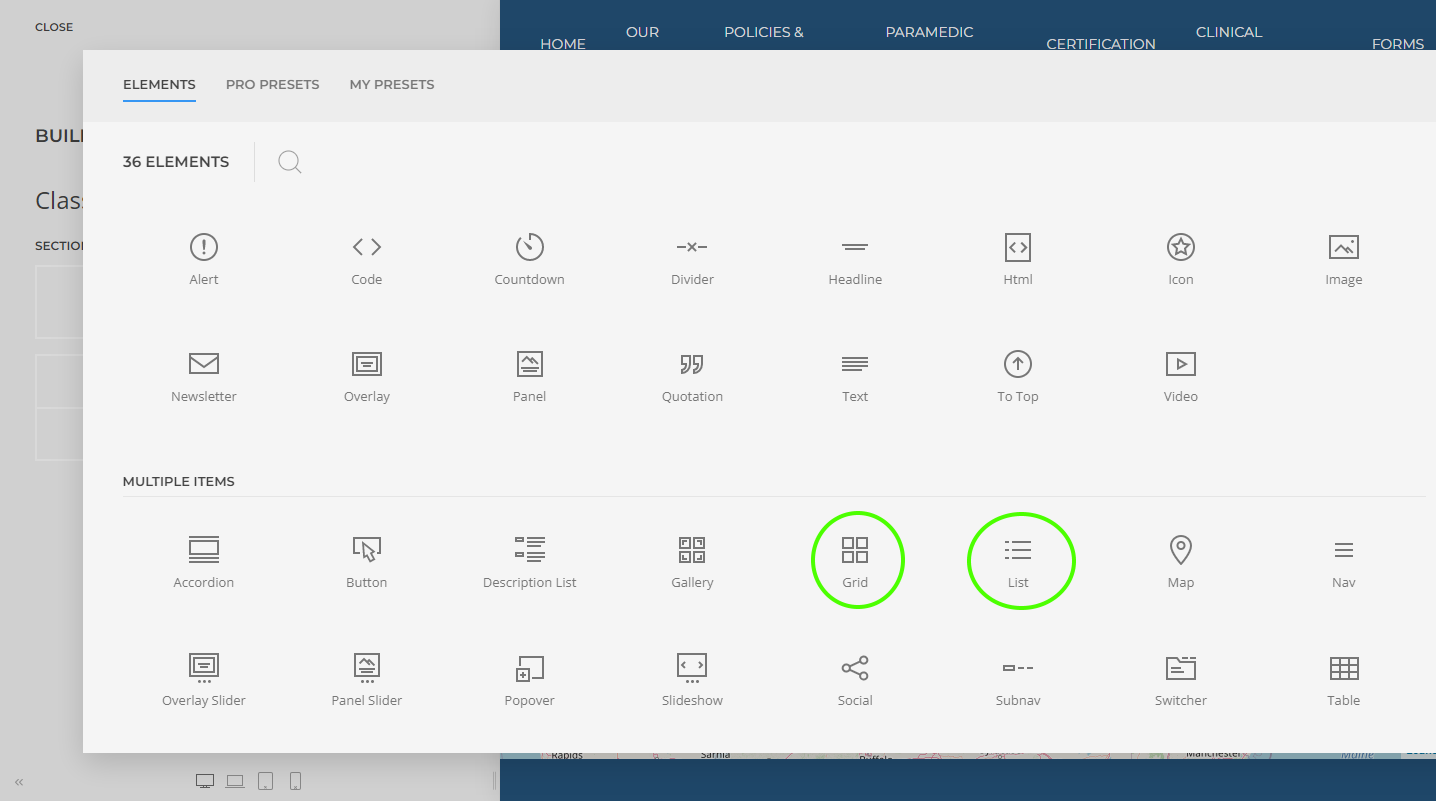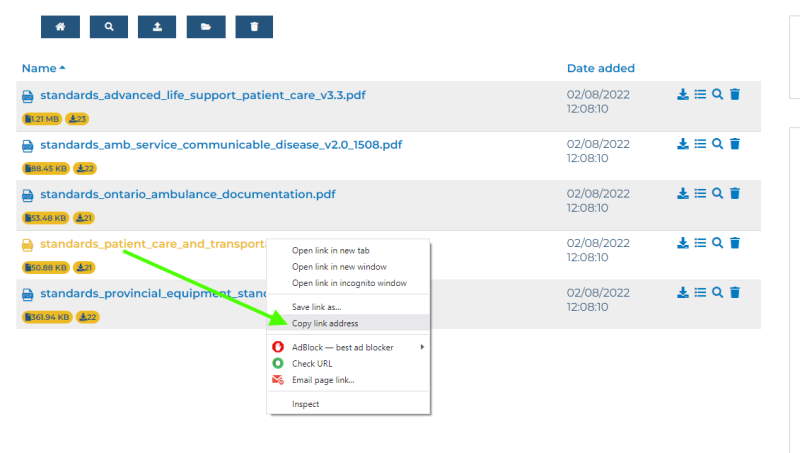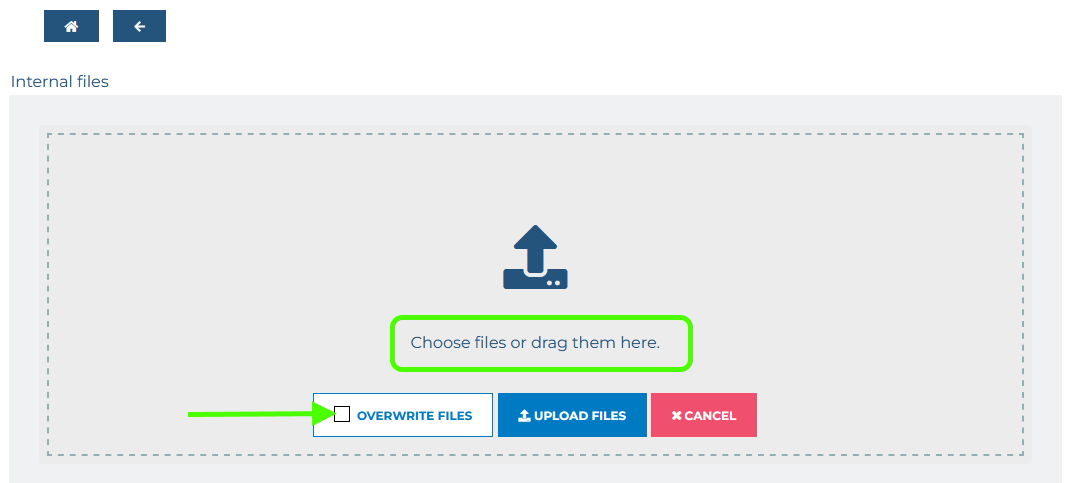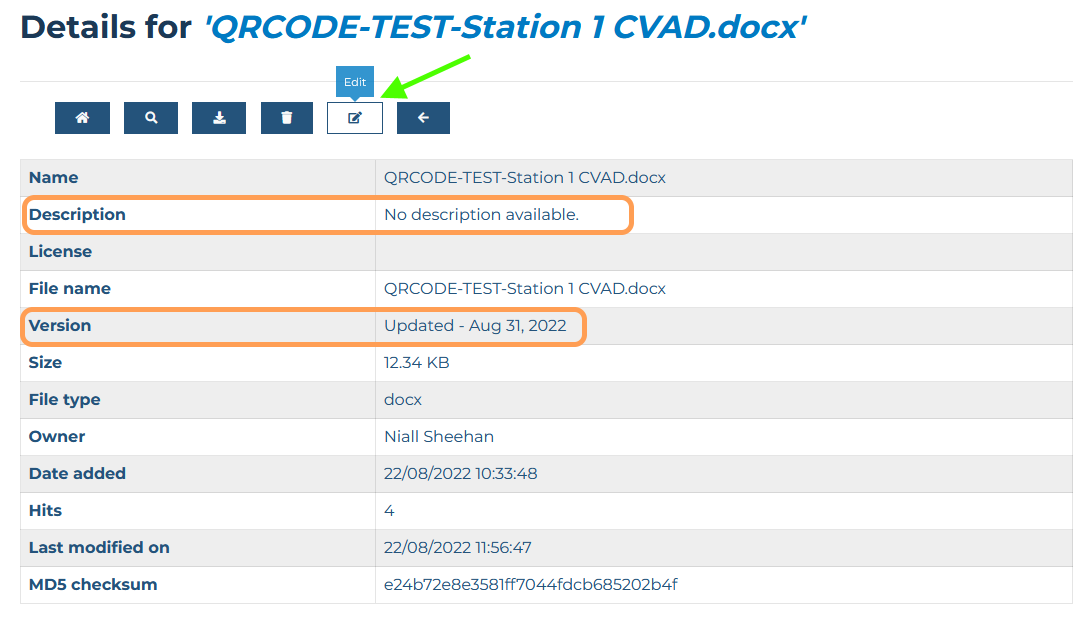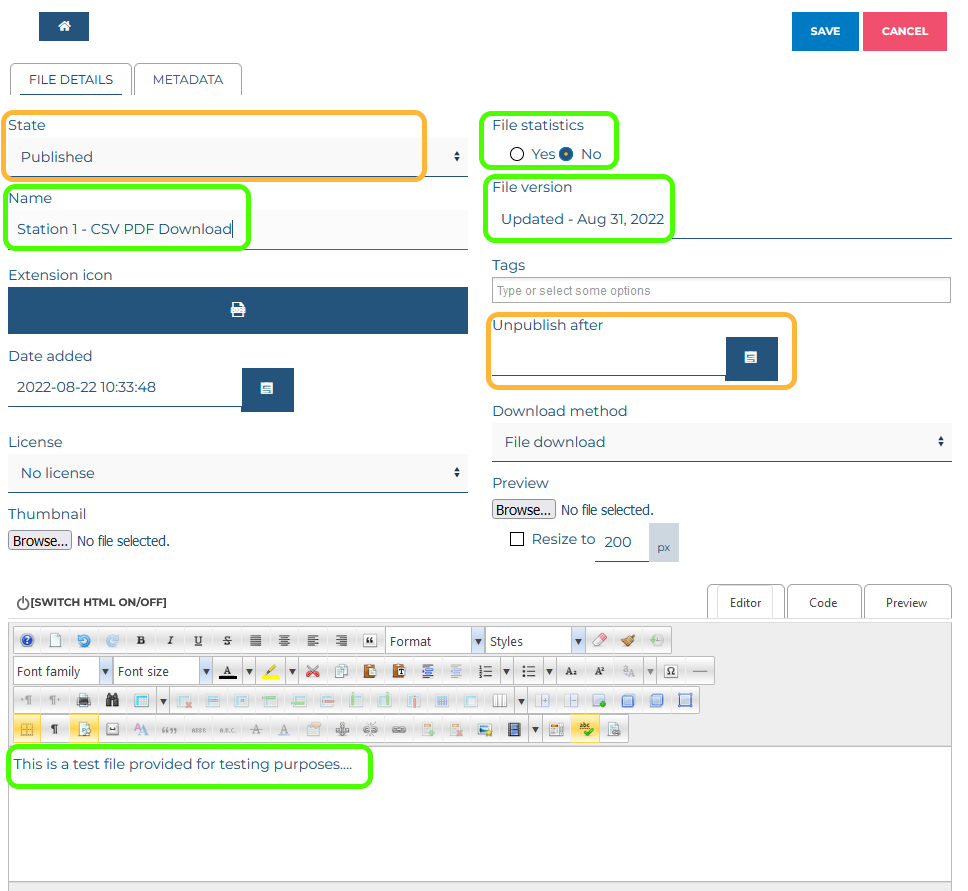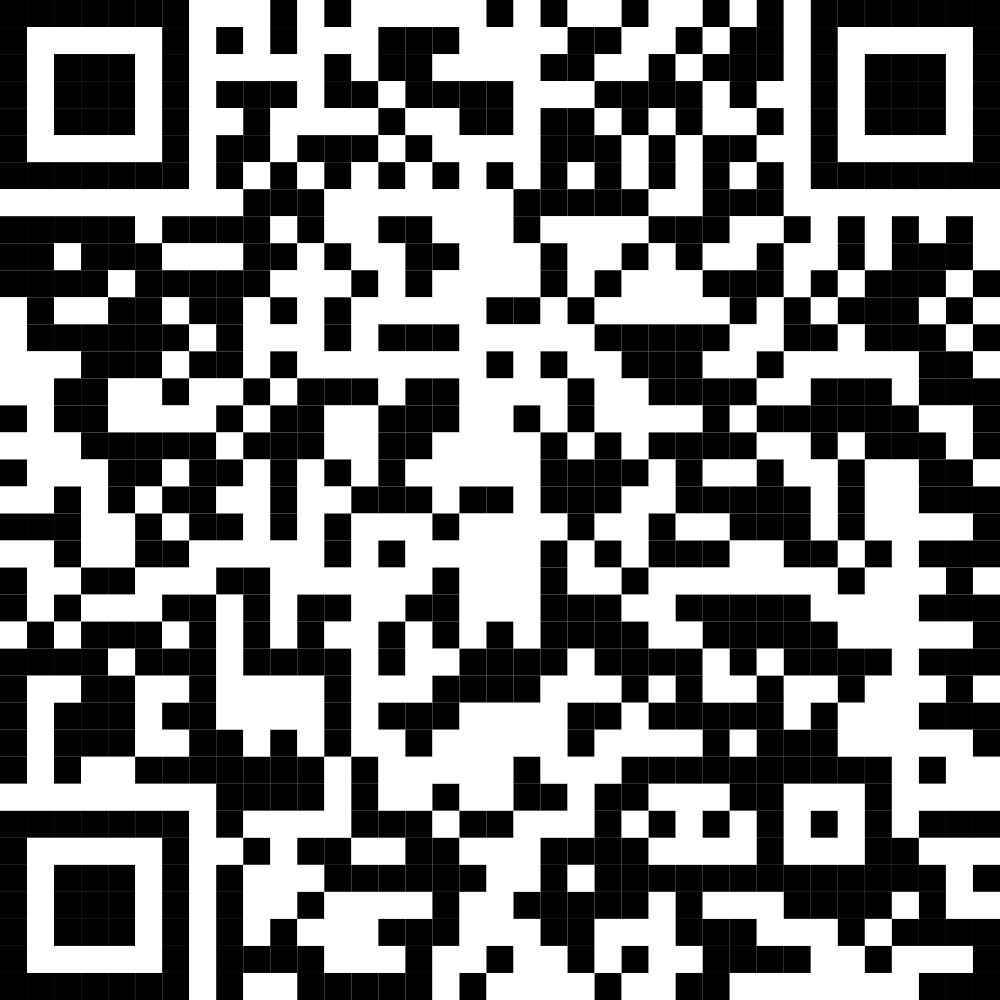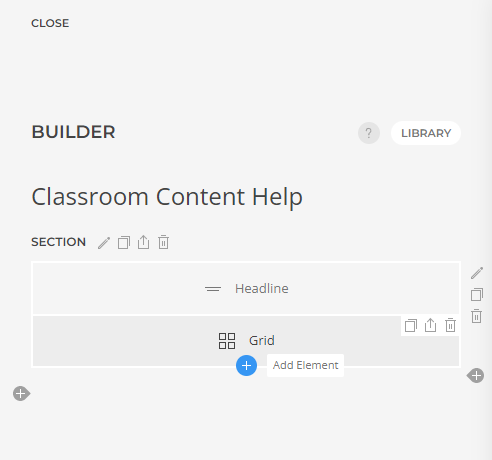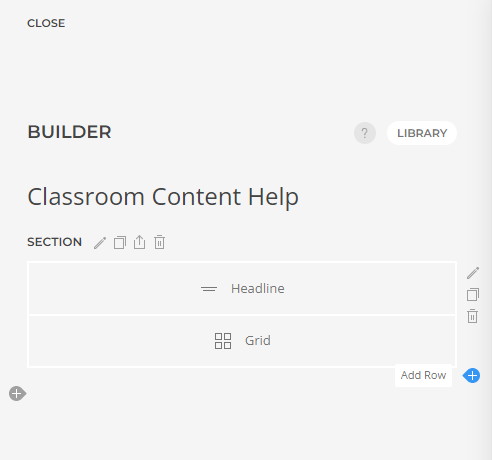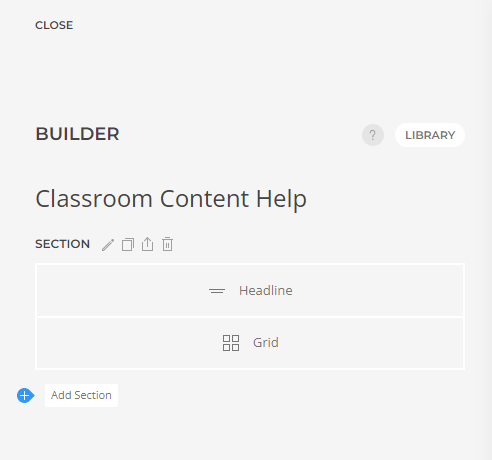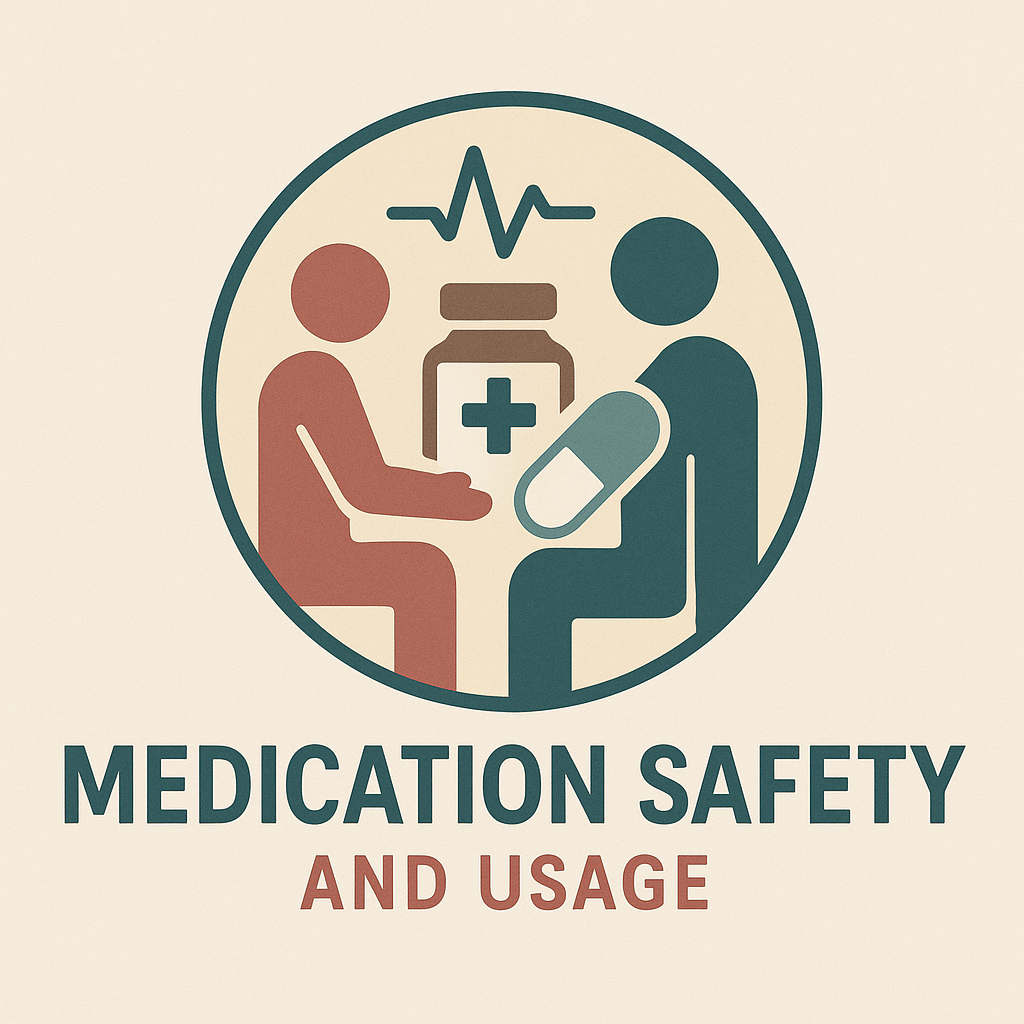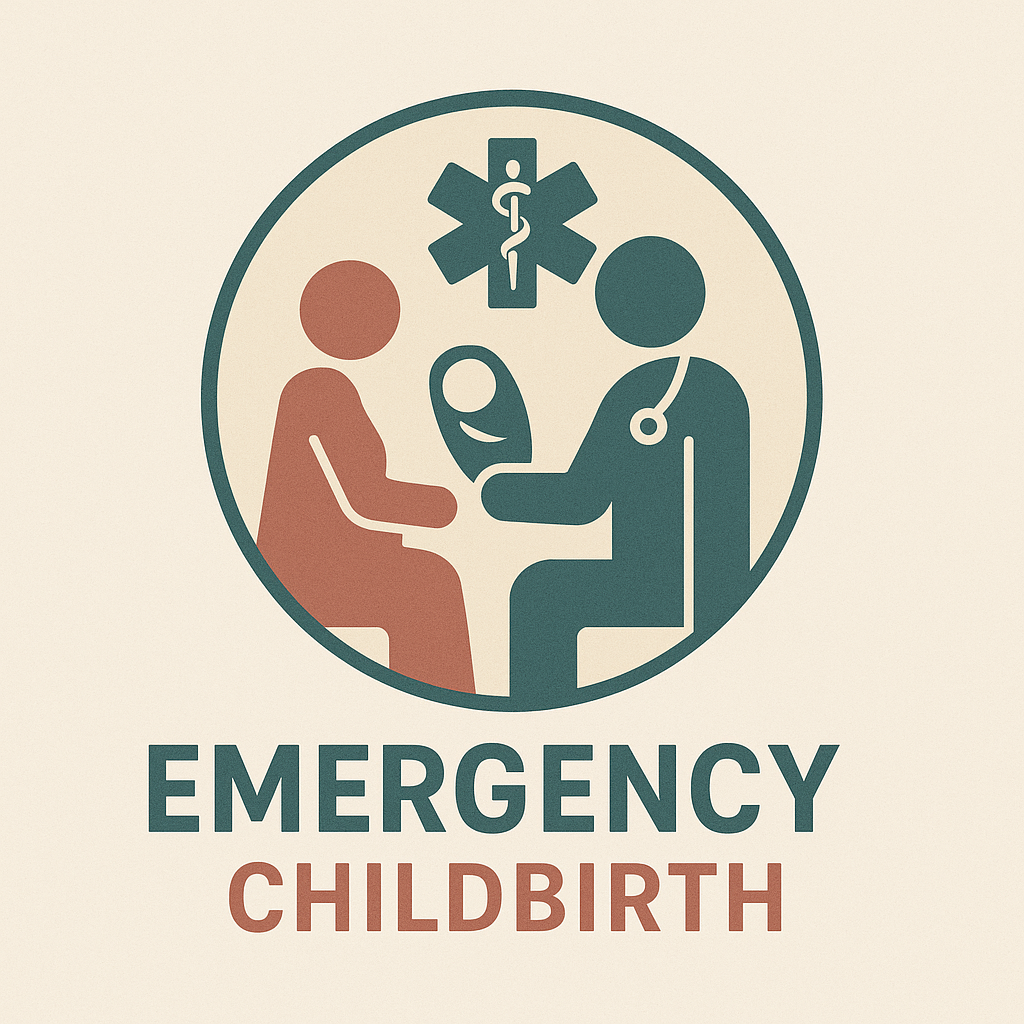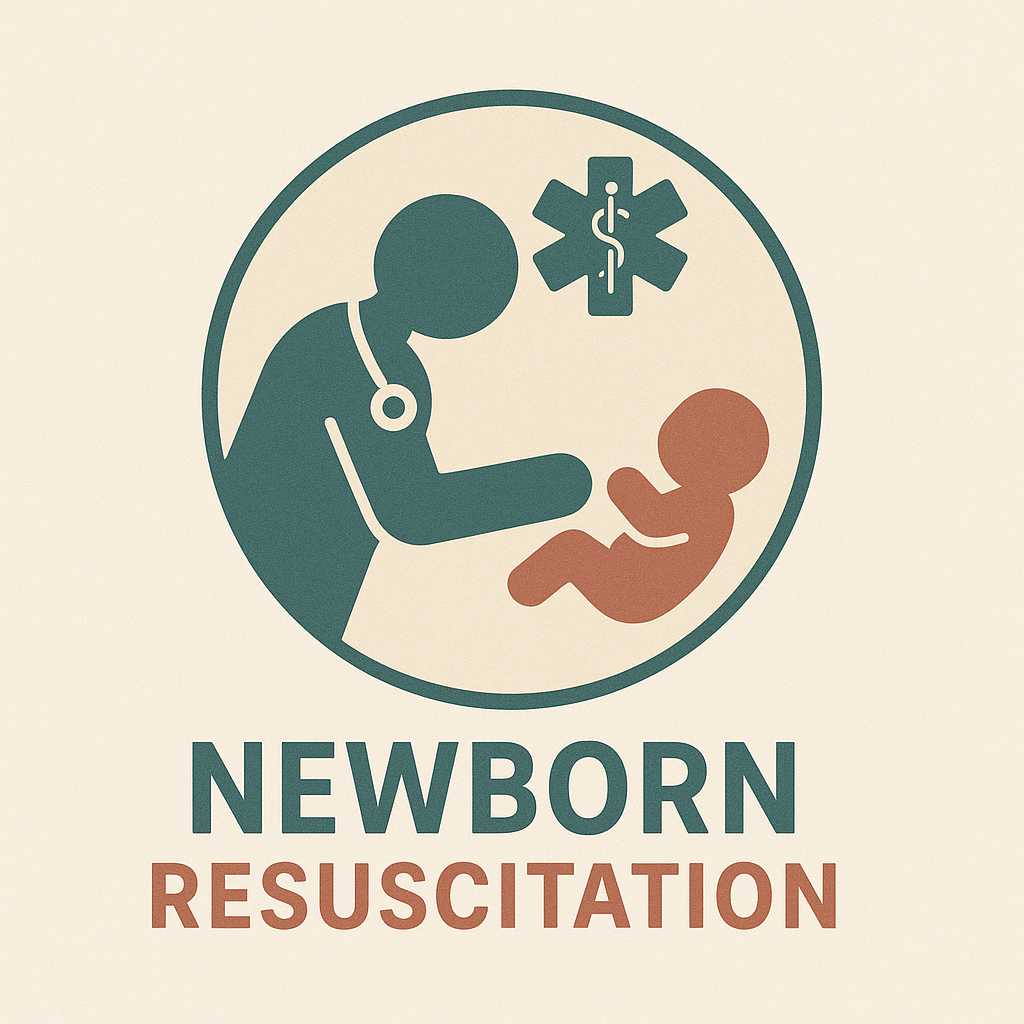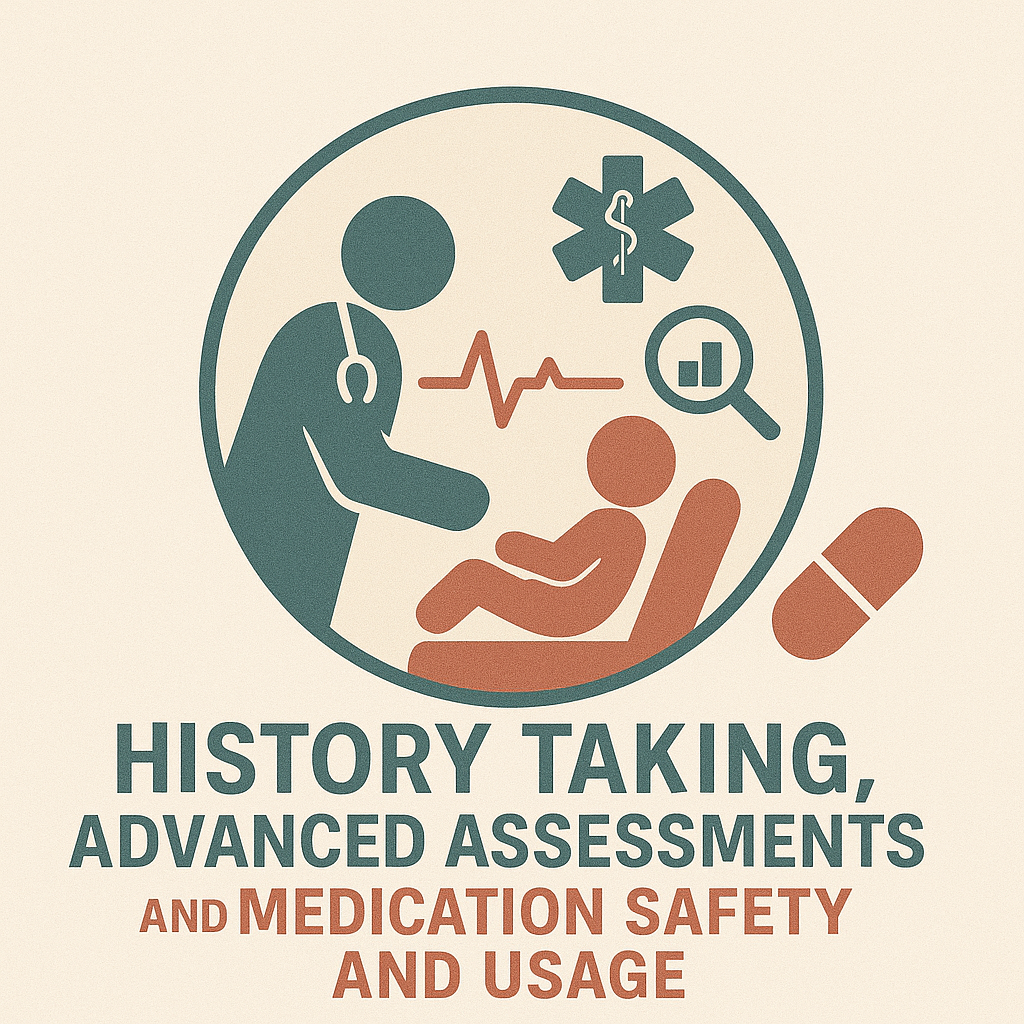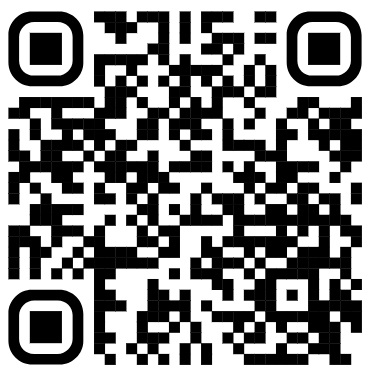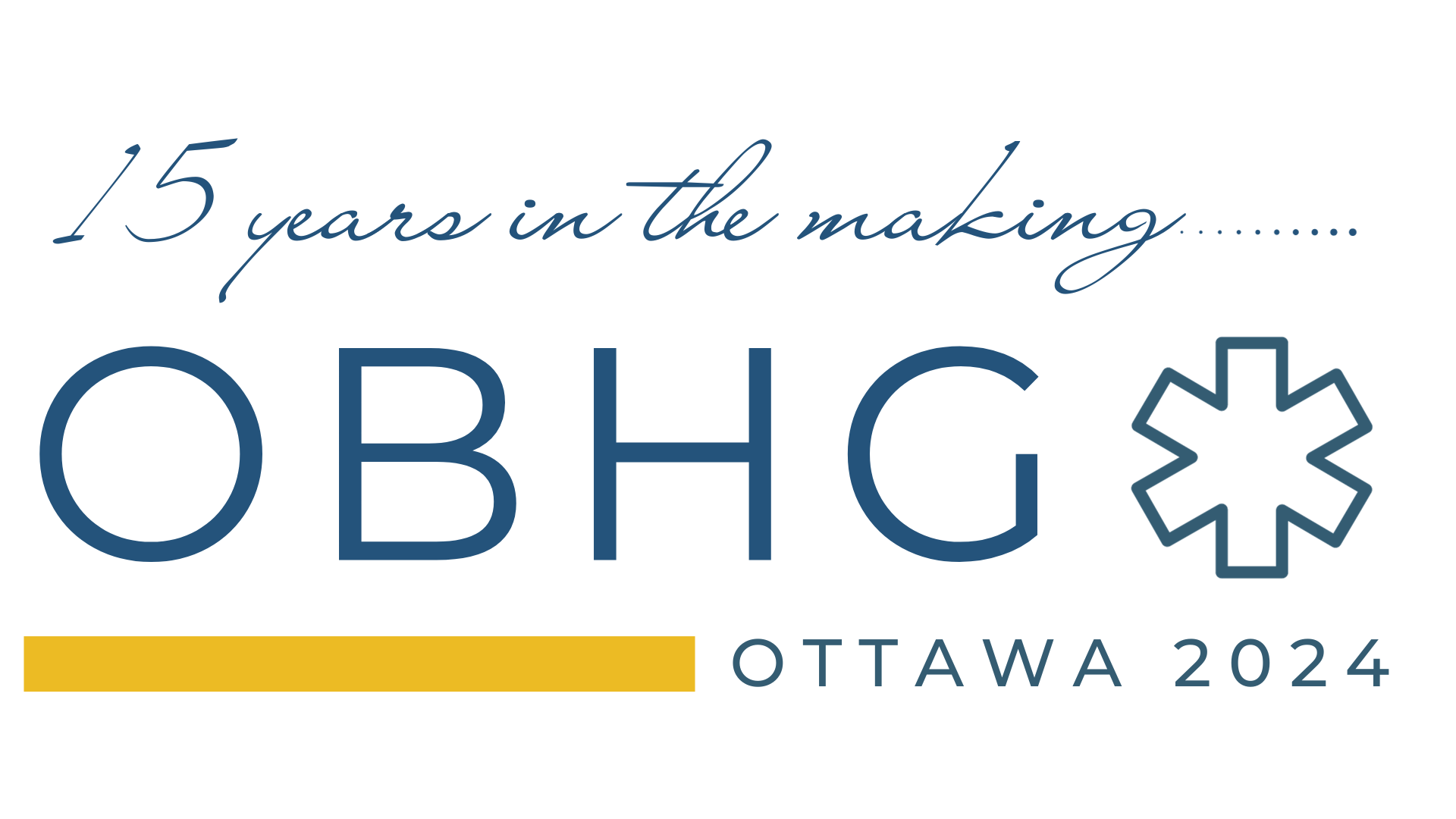
Hosted by the Regional Paramedic Program for Eastern Ontario
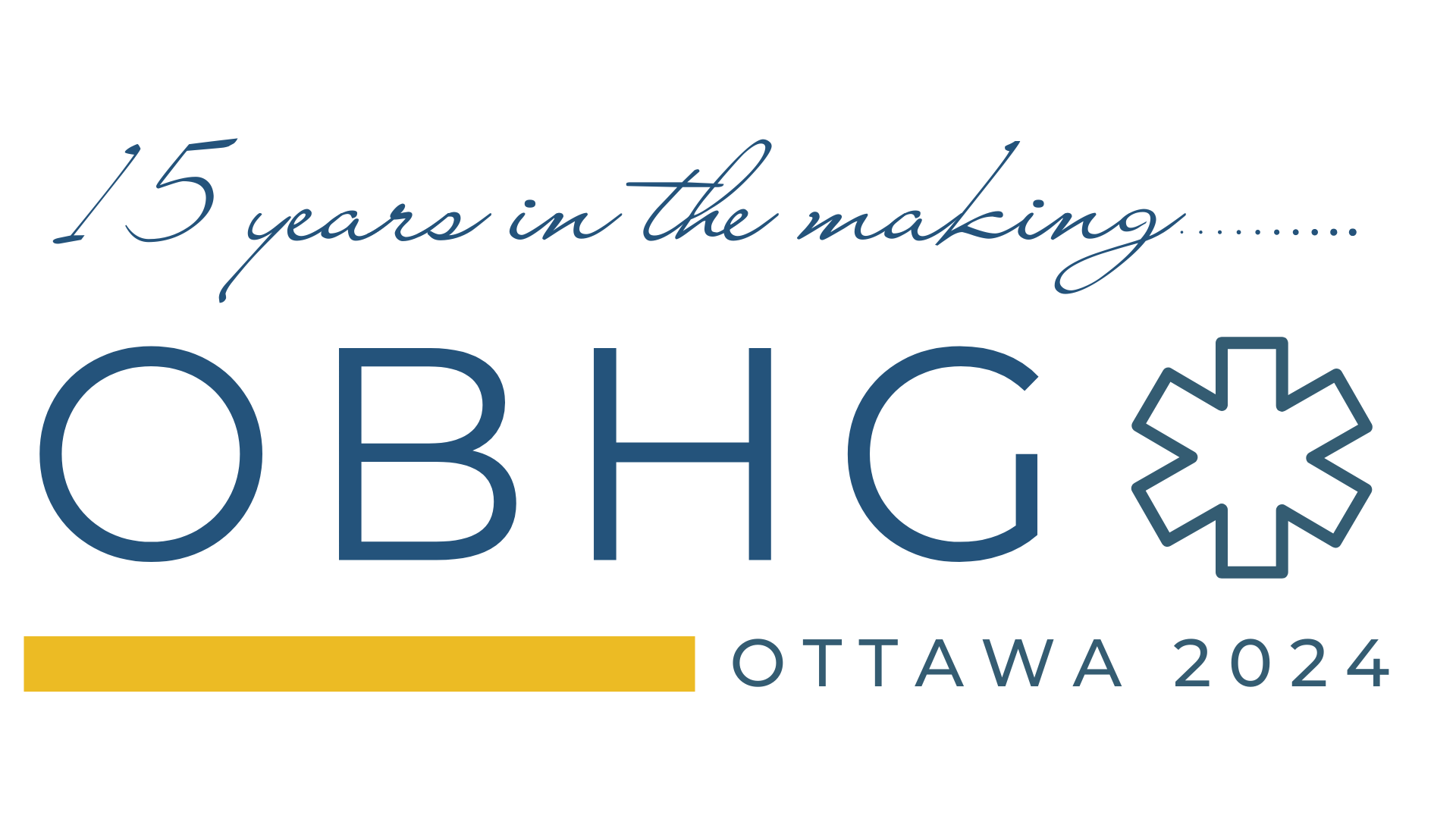
Professional Development for Base Hospital Staff
Welcome to OBHG24: 15 Years in the Making, the essential Ontario Base Hospital Group professional development event for base hospital staff and collaborators happening from Tuesday evening, September 24 until noon on Thursday, September 26, 2024, at Andaz in Ottawa's historic Byward Market.
OBHG24 is presented as part of OBHG's AGM Week programming from Monday, September 23 until noon on Thursday, September 26, 2024.
The Annual Meeting is on September 23 & 24 and includes meetings for G8, G16, MAC, and sub-committees.
On this site, you'll find more information about both the Annual Meeting and OBHG24 events. If you plan to attend both events, please register for both OBHG24 and the Annual Meeting: you will need to complete two separate registrations.
About OBHG24
OBHG24 is a milestone event for invited participants to mark 15 years since the inception of the regional base hospital system in Ontario. A celebratory event, OBHG24 is a time to reflect on our journeys and achievements in shaping emergency healthcare in the province. With a curated array of experts and voices uniting Base Hospitals, healthcare professionals, and specialists from various disciplines, OBHG24 serves as a crossroads in our continued journey, bringing base hospital staff together for collaborative discussions amidst a healthcare landscape facing unprecedented challenges.
Emphasizing collaboration, this platform provides many opportunities to meet colleagues and potential collaborators, and to learn about the work we all do across this province. We've chosen a wonderful venue to support getting to know one another, and the OBHG24 Program focuses on working together.
OBHG24 invites experts in adult learning, quality management, risk assessment, emergency healthcare, research, technology, and partner engagement to animate discussions that can help our work. Acknowledging the ever-evolving nature of Ontario's emergency healthcare system, OBHG24 provides a space for dialogue and exploration of innovative strategies.
OBHG24 applauds the invaluable contributions of Base Hospitals in shaping emergency paramedic practice over the past 15 years. As we reflect on this journey, we recognize the uncertainty and anticipation surrounding the future of healthcare. Attendees will engage in dialogues that underscore the vital role of varied fields in recalibrating emergency responses for today and tomorrow while steadfastly maintaining person-centered care. It's an environment where diverse perspectives converge, fostering insightful exchanges and collective exploration.
Join us at OBHG24 as we celebrate the progress made in the last 15 years and chart the course for the future of emergency healthcare in Ontario. This is an opportunity to be part of a dynamic gathering where experts, professionals, and visionaries come together to shape the trajectory of paramedic care for the years to come.
Become a Sponsor
Sponsors
-

Zoll
-
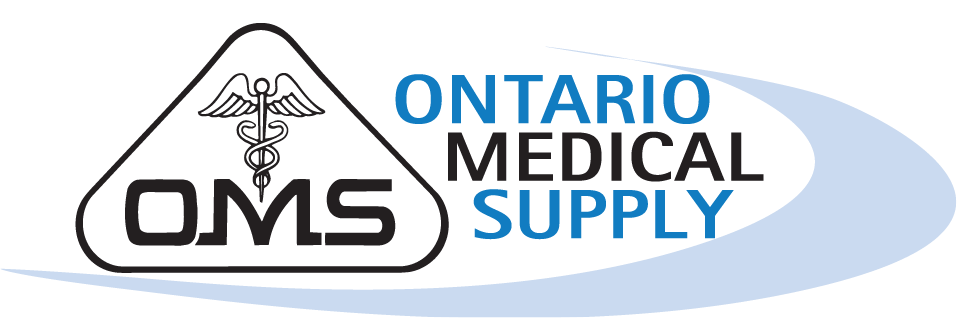
OMS
-

PreHos
Read more …Annual General Meeting
- Hits: 4565



